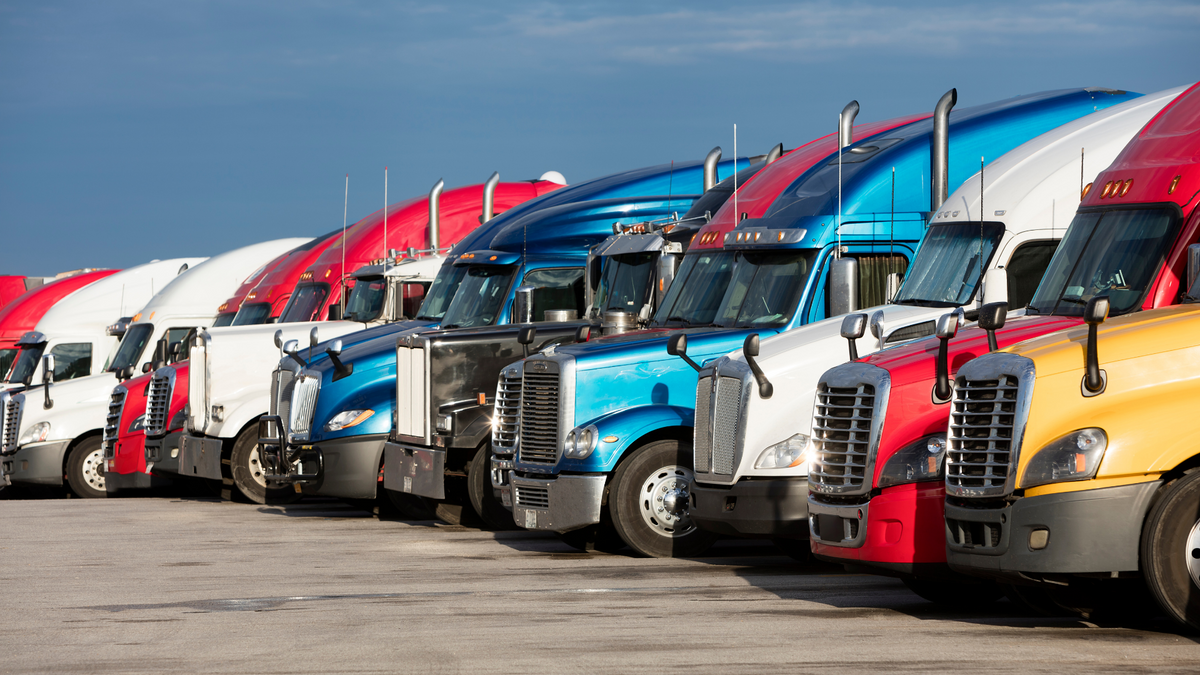Truck Parking Shortage: The Challenge of Low Rates for Paid Parking Spots

Truck drivers have long been the unsung heroes of our economy, ensuring goods reach their destinations on time. However, the ongoing truck parking shortage has become a pressing concern, impacting not only the livelihood of truckers but also the safety of our highways. While some have touted paid parking spots as the solution, it appears that these rates may be too low to make a significant dent in the problem.
Growing Truck Parking Predicament
Over recent years, the shortage of safe and accessible truck parking facilities has grown into a critical issue. With highways becoming increasingly congested and the demand for prompt deliveries on the rise, truck drivers often find themselves searching in vain for a parking spot, leading to illegal and unsafe practices such as parking on the roadside or in unauthorized locations.
The Impact of Low Parking Rates
One proposed solution to address the truck parking shortage is the introduction of paid parking spots. On the surface, this may seem like a reasonable approach. However, the rates for these spots are often so low that they fail to address the root problems effectively. Low parking rates have several adverse consequences:
- Inadequate Supply: The insufficiency of investment in parking infrastructure is a direct result of these low rates, further aggravating the parking space shortage.
- Substandard Facilities: Low rates deter private investors from developing and maintaining truck parking areas, leading to facilities that lack essential amenities such as restrooms, security, and proper lighting.
- Safety Concerns: A shortage of parking options forces drivers to resort to parking in unauthorized or unsafe locations, increasing the risk of accidents and theft.
- Driver Stress: Truck drivers already face considerable pressure to meet tight delivery schedules. The stress of finding a parking spot within their hours of service adds to their physical and mental strain.
A Comprehensive Approach Needed
To tackle the truck parking problem effectively, experts argue for a more comprehensive approach:
- Investment in Infrastructure: Federal and state governments must make substantial investments in the construction and maintenance of secure, well-equipped truck parking facilities. These investments are essential for ensuring driver safety and the security of their cargo.
- Adequate Rates: Parking rates need to be adjusted to levels that encourage investment in new parking facilities and the maintenance of existing ones. Rates should be set based on market demand, location, and the cost of land and infrastructure development.
- Public-Private Partnerships: Collaborations between public and private entities can help finance and manage truck parking facilities. Such partnerships can expedite the creation of new parking spots and improve the overall quality of facilities.
- Technology Integration: The integration of technology, such as mobile apps, can help drivers locate available parking spots efficiently. This can alleviate the stress and dangers associated with parking shortages.
In Conclusion
The truck parking shortage is a critical issue that affects both the safety and livelihood of truck drivers and the overall efficiency of the supply chain. While paid parking spots have been proposed as a solution, it appears that the low rates they offer may not adequately address the core problems. To resolve this issue effectively, stakeholders must focus on investing in infrastructure, setting reasonable parking rates, encouraging public-private partnerships, and leveraging technology to enhance the parking experience for truckers. By doing so, we can ensure the vitality of the American trucking industry while fostering safety and efficiency on our highways.
